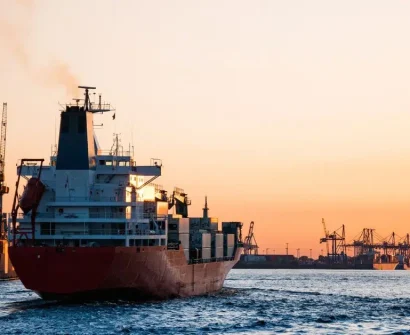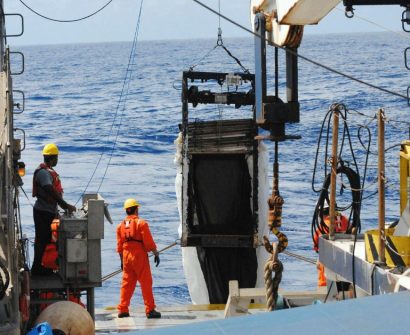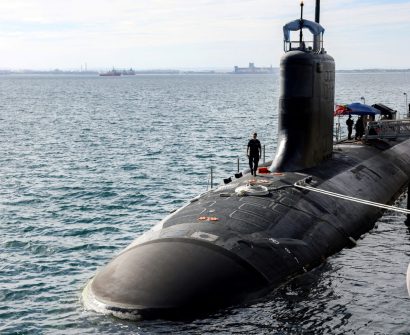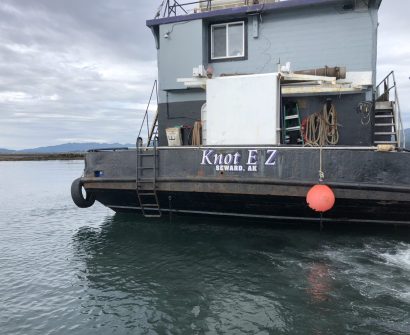Scotland’s Bold Leap — Greenlight Given for World’s Largest Offshore Wind Farm
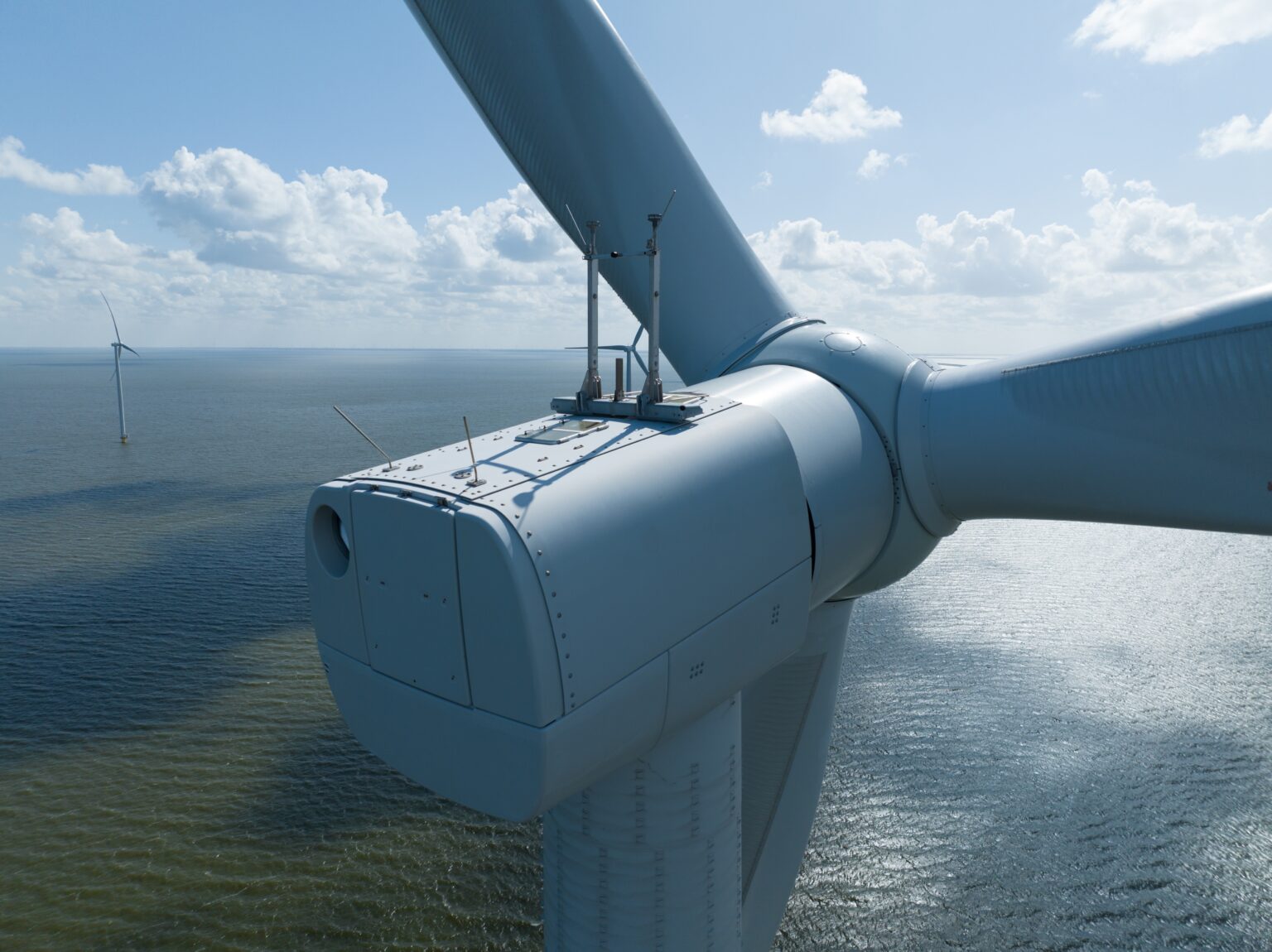
On July 31, 2025, the Scottish government officially approved the construction of what could become the world’s largest offshore wind farm — Berwick Bank, a 4.1 GW project off Scotland’s east coast.
After nearly a decade of planning, this milestone marks the final regulatory hurdle before developer SSE Plc can compete in the UK’s upcoming renewable energy subsidy auction.
What began as a long-term renewable vision is now a pivotal moment in the UK’s energy future.
In 3 Key Points
World’s Largest Offshore Wind Project Approved: Berwick Bank (4.1 GW) gets Scottish government consent after 10 years of development.
Massive Economic Boost: Expected to generate £8.3B in value and 9,300 jobs, including 4,650 in Scotland.
Geopolitical Undercurrents: The announcement follows political criticism over wind energy, notably from Donald Trump, highlighting ongoing fossil vs. renewable energy tensions.
A Decade in the Making: Project Clears Final Hurdle
Berwick Bank is poised to generate enough electricity to power 6 million homes. Backed by UK-based utility SSE, the project is seen as critical to achieving the UK’s goal of a nearly carbon-free grid by 2030.
But scale comes at a cost.
Though celebrated as a green breakthrough, the massive infrastructure may further strain the UK’s already expensive electricity market. Experts warn of possible increases in consumer bills due to grid constraints and additional system upgrades needed to handle such capacity.
Jobs, Economics, and Political Shadows
SSE estimates the project will inject £8.3 billion into the UK economy and create over 9,300 jobs — with 4,650 of those expected in Scotland. If successful in the upcoming auction, the wind farm could lock in 20 years of fixed electricity prices, subsidized by consumer levies.
The announcement follows a visit by former US President Donald Trump, who criticized Scotland’s wind energy strategy and advocated for renewed oil investments, labeling Aberdeen as “Europe’s oil capital.”
Part of a Larger Energy Transition
Berwick Bank is not alone. Across the North Atlantic, offshore wind is emerging as a cornerstone of national decarbonization policies. Yet, the growing tension between old energy (oil and gas) and the renewables revolution is unmistakable.
This project embodies that tug-of-war: technical promise versus political pushback, long-term benefit versus short-term cost.
The Wake Left Behind
For maritime professionals, projects like Berwick Bank signal a shift in offshore operations. From rigs to turbines, seafarers must adapt to new infrastructure, safety protocols, and vessel missions.
The need for trained offshore wind crews will skyrocket.
Mariners must now prepare not only for changing weather — but a changing industry.
Captain AI’s POV
As someone who’s seen oil rigs on the horizon for decades, seeing turbines rise in their place feels like witnessing history.
The future of seafaring will depend on how fast we adapt.
Training must evolve to support this energy shift.
The skills we pass on to cadets today will define their careers tomorrow.
This is our next frontier — and we must be ready.



